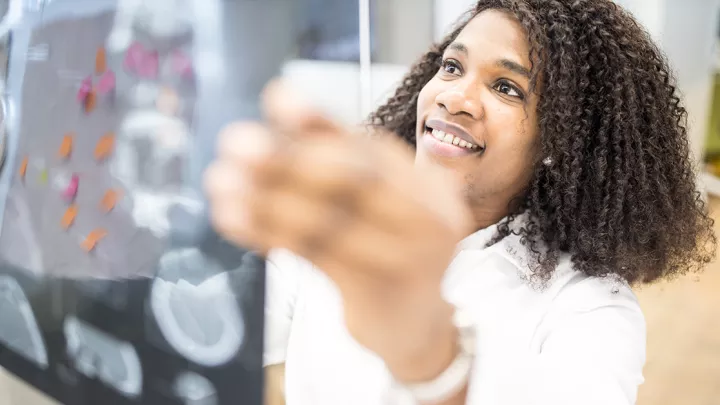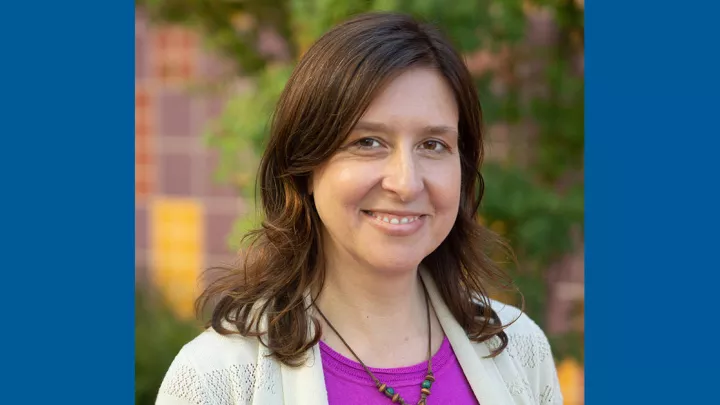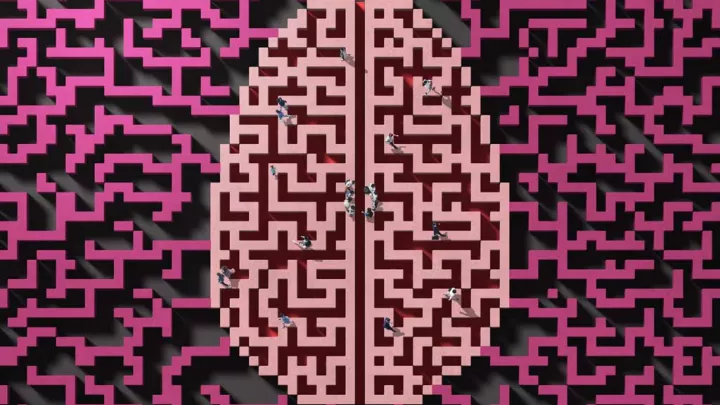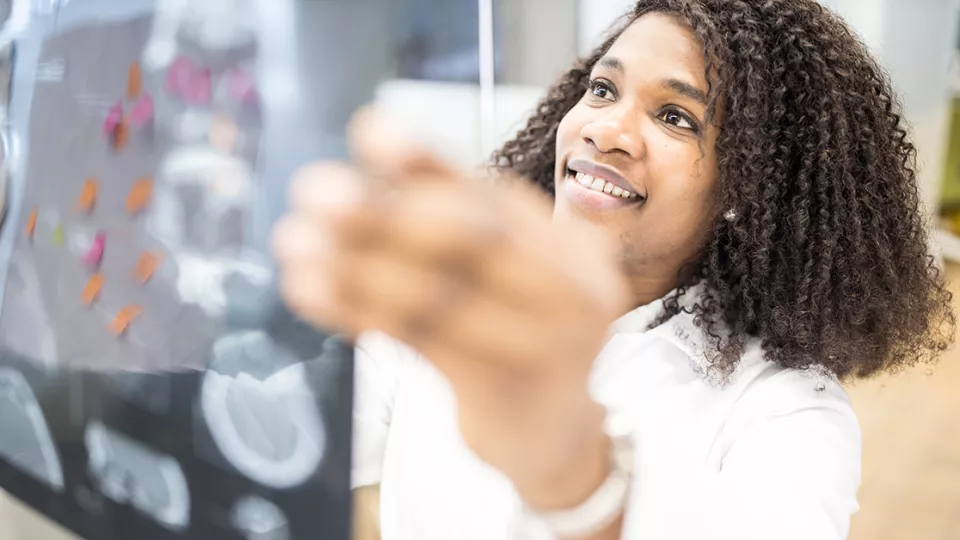
Children’s Hospital Los Angeles Receives $1.5 Million Award to Help Expand Use of Pediatric MRI to Developing Countries
LOS ANGELES (December 30, 2022) – Because magnetic resonance imaging (MRI) can image soft tissue and brain structures, it is used to diagnose conditions in pediatric neurology as well as to investigate brain development. MRI can also be used to identify alterations in the brain associated with neurologic, psychiatric, developmental and learning disorders and evaluate the impact of interventions.
However, the high-powered 1.5T and 3T MRI systems used at hospitals and research institutions require special infrastructure to operate and are too costly for widespread adoption by developing countries. Recent innovations in imaging technology have led to the development of low-field 0.064T MRI scanners which are more accessible for low-resource countries. “These low-field MRI systems cost in the hundreds of thousands, rather than in the multiple millions of dollars and are cheaper to operate and maintain,” says Natasha Lepore, PhD, Associate Professor of Research at Children’s Hospital Los Angeles. “It's a way to bring both research and clinical imaging to the developing world by lowering the cost and improving accessibility.”
An international research collaboration led by Dr. Lepore has received a three-year, $1.5 million grant from the Bill & Melinda Gates Foundation to develop image analysis tools that can enable more equitable use of MRI. The project is part of a larger initiative supported by the Gates Foundation to empower the use of low-field scanners for research in low-resource settings, and for which the foundation is funding the installation of 25 low-field MRI systems in physics and engineering centers in the US, European countries and at clinical partner sites in sub-Saharan Africa and Southeast Asia. Under this grant, Dr. Lepore’s research collaboration is developing image analysis tools to enable the use of MRI to identify factors that impair children’s early growth and brain development. MRI will be used to diagnose at-risk children and evaluate the impact of multiple interventions focused on mothers and infants in Gates Foundation-supported studies.
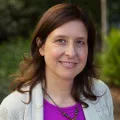
However, the smaller magnetic field of low-field MRI means this technology requires specialized image processing tools to boost its resolution. “The quality of the image depends in part on the strength of the magnetic field, so the image is of lower quality,” says Dr. Lepore, also an Associate Professor of Research Radiology at the Keck School of Medicine of USC. Moreover, infant brain tissue is more challenging for low-field systems to image than that of adults, as it is harder to distinguish between different types of tissues, and infant brains also change rapidly during the first year of life. The team will produce a suite of standardized clinical image analysis software for the use of the global MRI community.
Dr. Lepore, the Principal Investigator on this project and her long-time collaborator Marius George Linguraru, DPhil, MA, MSc, site Principal Investigator at the Sheikh Zayed Institute for Pediatric Surgical Innovation at Children's National Hospital in Washington, D.C., will analyze data from the brains of children from birth for the maternal and child health studies. The MRI data analyzed will form the basis for future studies of children’s brain anatomy in health and disease.
The grant will also support training local teams in developing countries in methods and approaches with the aim of building research capacity to pursue joint projects in pediatric health, starting with recruiting a research team in Uganda to perform a long-term infant brain development study and analyze data collected by the MRI scanners.
“MRI has primarily helped patients in high-income countries,” says Dr. Linguraru. “New low-field MRI comes with great advantages including portability at the point of care of patients, lower clinical costs, and the elimination of sedation for young children. Our team is thrilled by the prospect of expanding this powerful diagnostic tool to patients coming from a wide range of nations, geographies, and socioeconomic backgrounds.”
“MRI provides information on the consequences in children’s brains of malnutrition or neglect because of poverty,” says Dr. Lepore. “Having scanners on-site means that researchers can see the challenges specific to various geographic regions and demographics and their consequences on the brain to better guide social and clinical interventions. Moreover, in many of these countries, there is a shortage of specialists and so having automated processes to analyze images is essential to assist in interpreting them.”
About Children's Hospital Los Angeles
Children’s Hospital Los Angeles is at the forefront of pediatric medicine, offering acclaimed care to children from across the world, the country and the greater Southern California region. Founded in 1901, Children’s Hospital Los Angeles is the largest provider of care for children in Los Angeles County, the No. 1 pediatric hospital in California and the Pacific region, and is consistently ranked in the top 10 in the nation on U.S. News & World Report’s Honor Roll of Best Children’s Hospitals. Clinical expertise spans the pediatric care continuum for newborns to young adults, from everyday preventive medicine to the most medically complex cases. Inclusive, compassionate, child- and family-friendly clinical care is led by physicians who are faculty members of the Keck School of Medicine of USC. Physicians translate the new discoveries, treatments and cures proven through the work of scientists in The Saban Research Institute of Children’s Hospital Los Angeles—among the top 10 children’s hospitals for National Institutes of Health funding—to bring answers to families faster. The hospital also is home to one of the largest training programs for pediatricians in the United States. To learn more, follow us on Facebook, Instagram, LinkedIn, YouTube and Twitter, and visit our blog at CHLA.org/blog.
